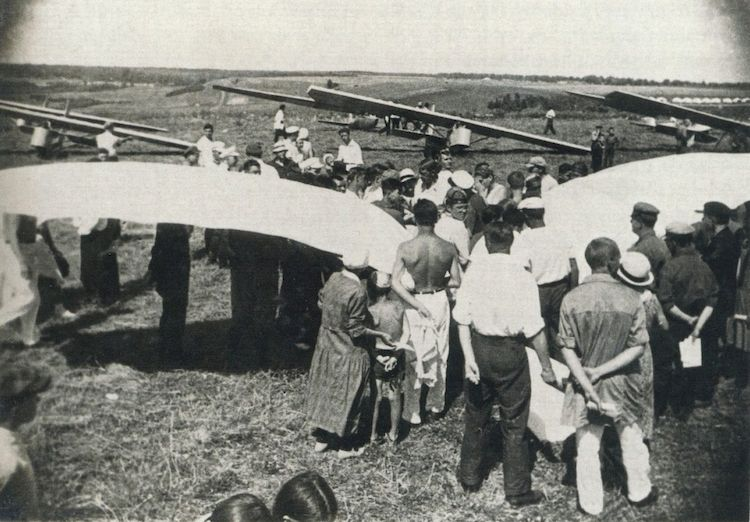created 2025-06-06, & modified, =this.modified
tags:y2025artarchitecture

Tatlin was born in Moscow or Kharkov. His studies were interrupted so he left the Art schools to be a merchant sea cadet.
According to his own memories, sea and distant lands gave him both means of subsistence and source of inspiration; he sailed all across the Black Sea and also to Egypt.
He later completed his studies at N. Selivestrov Penza Art School, and later resettled in Moscow to live with his uncle and become an icon painter.
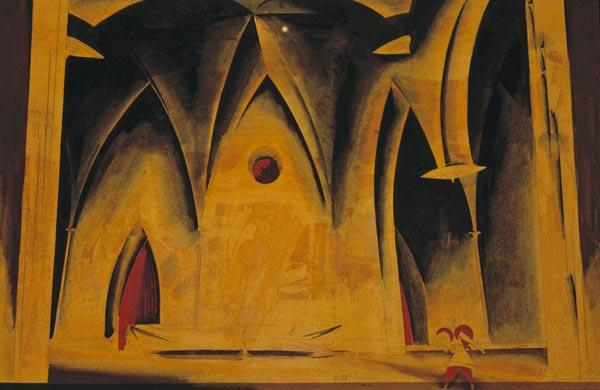
Tatlin also dedicated himself to the study of clothes, and various objects, and flight, culminating in the construction of Letatlin personal flying apparatus.
Letalin
His final major creation, titled Letalin (an amalgam of his name with the Russian verb letat’ or “to fly”).
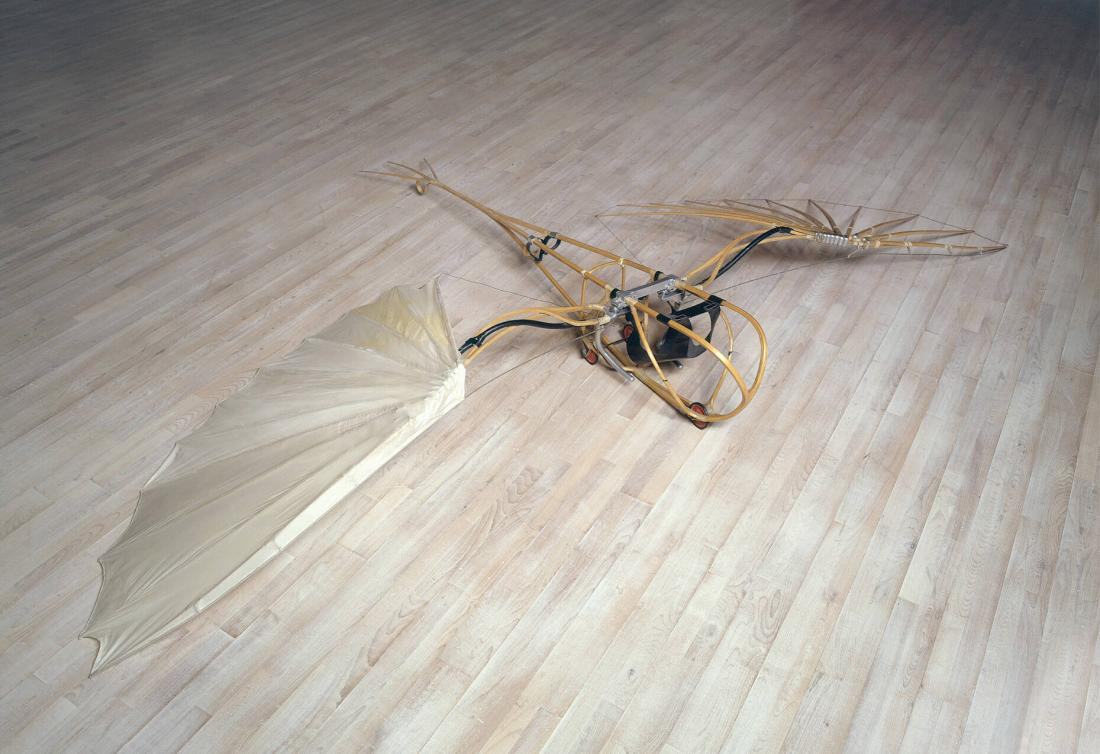
It consisted of a body basket for a human operator made of bent wood, and wings sheathed with parachute silk.
Three were built.
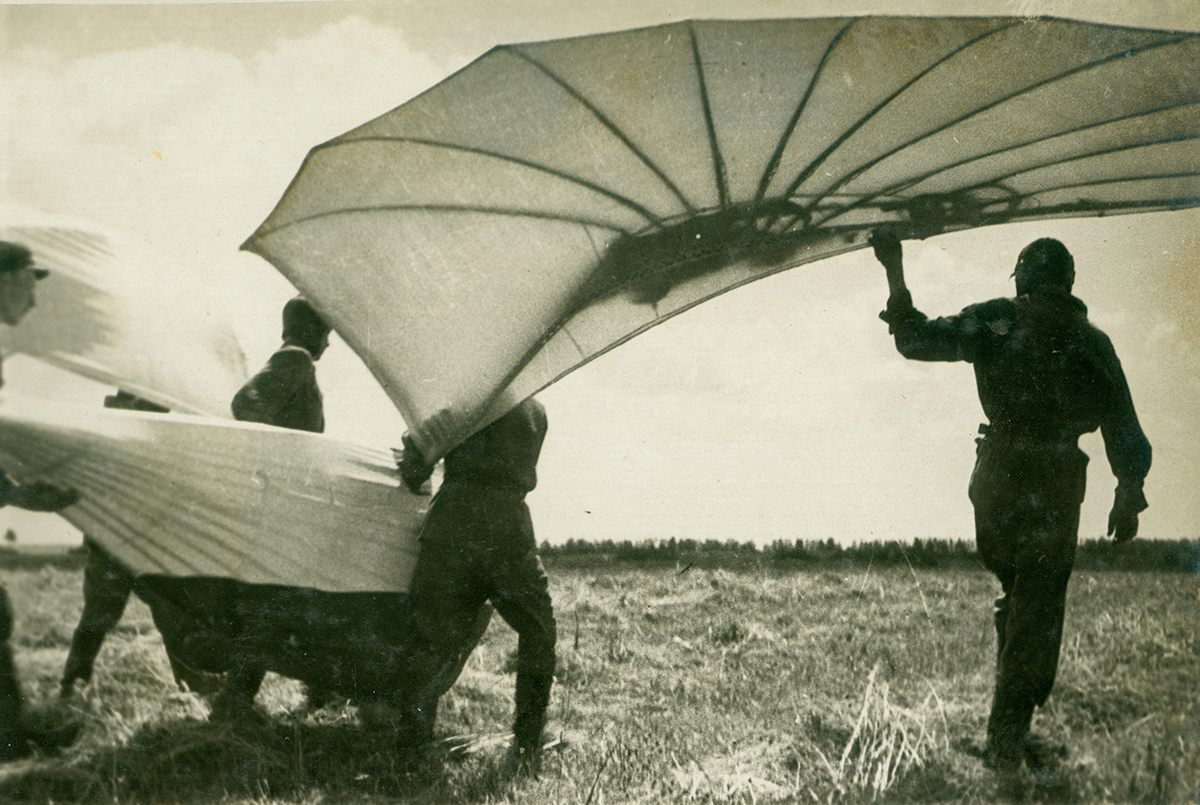
Tatlin envisioned a project that would give the masses access to affordable flying equipment that would make airborne commutes as common as bicycle rides.
“Letatlin is not just a symbol of avant-garde art but one of the entire Soviet era at that time, when there was a feeling that something entirely new was possible”
Tatlin’s Tower, Monument to the Third International 1919-20
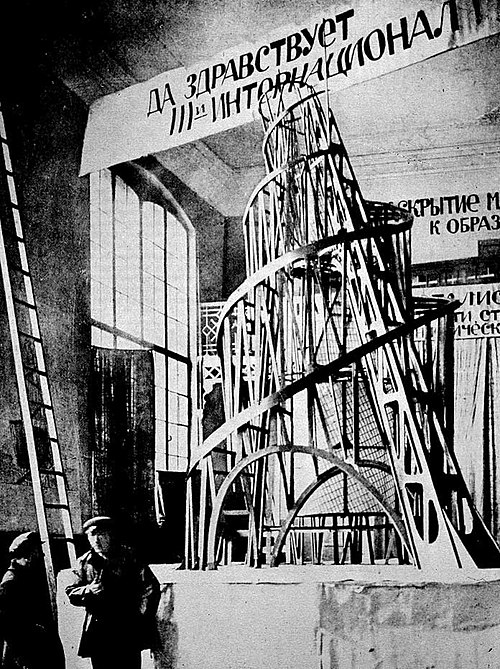
The design was for a grand monumental building to be erected in Petrograd (not Saint Petersburg) after the October Revolution of 1917 as the headquarters and monument of the Communist International.
It was built from industrial materials: iron, glass, and steal. It would have dwarfed the Eiffel tower. The main form was a twin helix which spiraled up to 400m in height, around which visitors would be transported by the aid of mechanical devices.
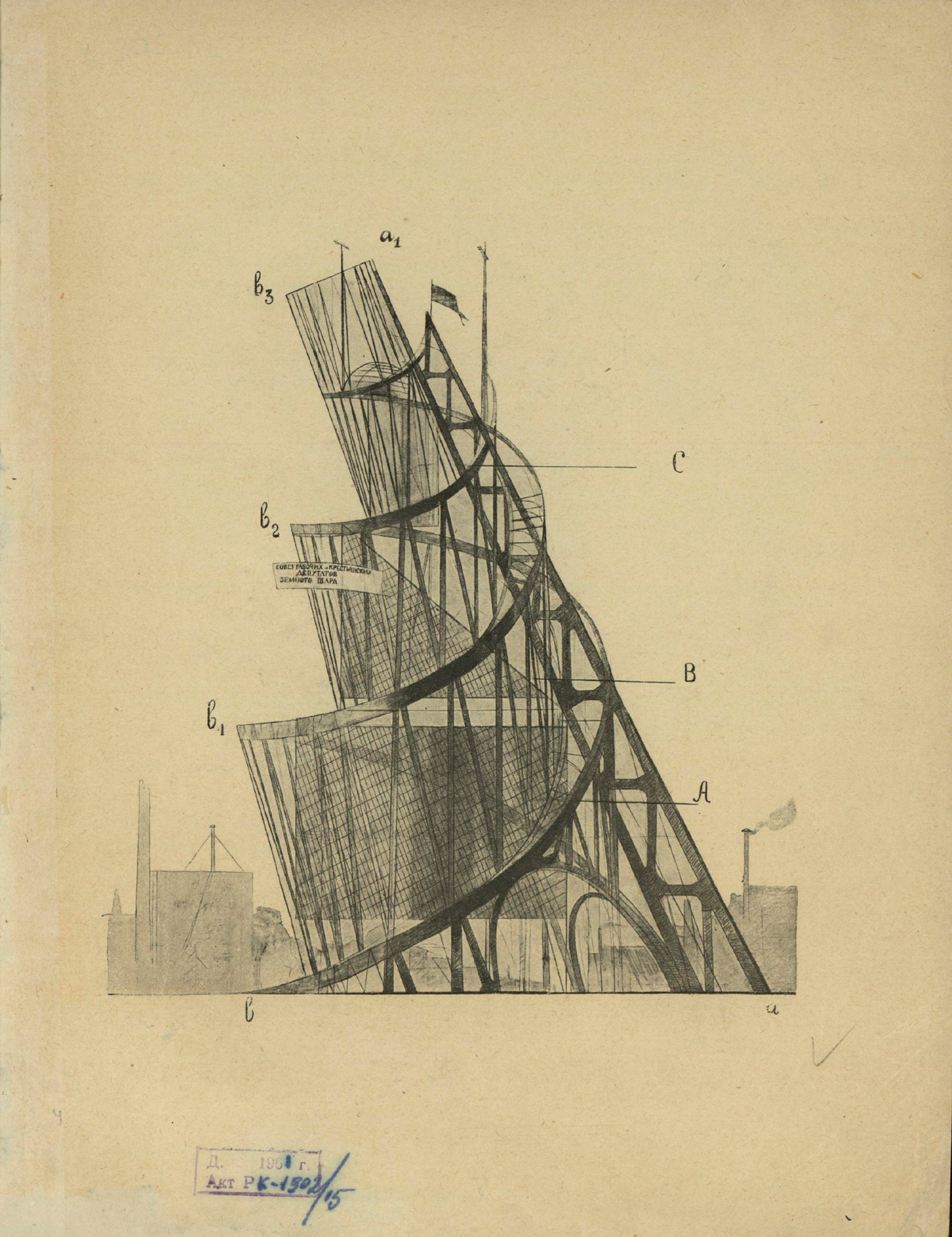
The insides had suspended geometric structures. At the base of the structure was a cube which was designed as a venue for lectures, conferences and legislative meetings, and this would complete a rotation in the span of one year.
A cylinder housed an information center issuing news bulletins and manifestos via telegraph, radio and loudspeaker. There were plans to install a gigantic open-air screen and project messages across the clouds on an overcast day.
For financial and practical reasons, however, the tower was never built.
“It couldn’t be built. There wasn’t enough steel in all Russia for that.”
